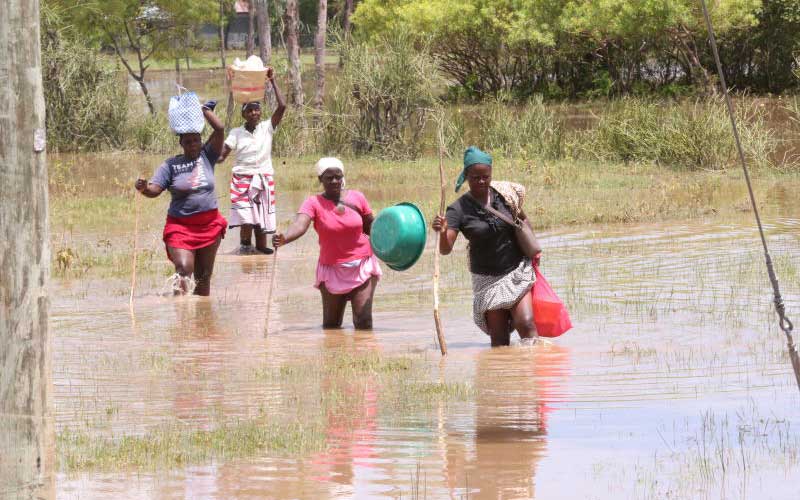×
The Standard e-Paper
Kenya’s Boldest Voice

Residents of Songorota village in Nyakach, Kisumu County vacate their homes after they were flooded following heavy rains in the region in May 2020. [File, Standard]
The rainfall that has been pounding various parts of the country, especially in Western Kenya, will fade in the last quarter of the year, fresh weather forecast published today says.